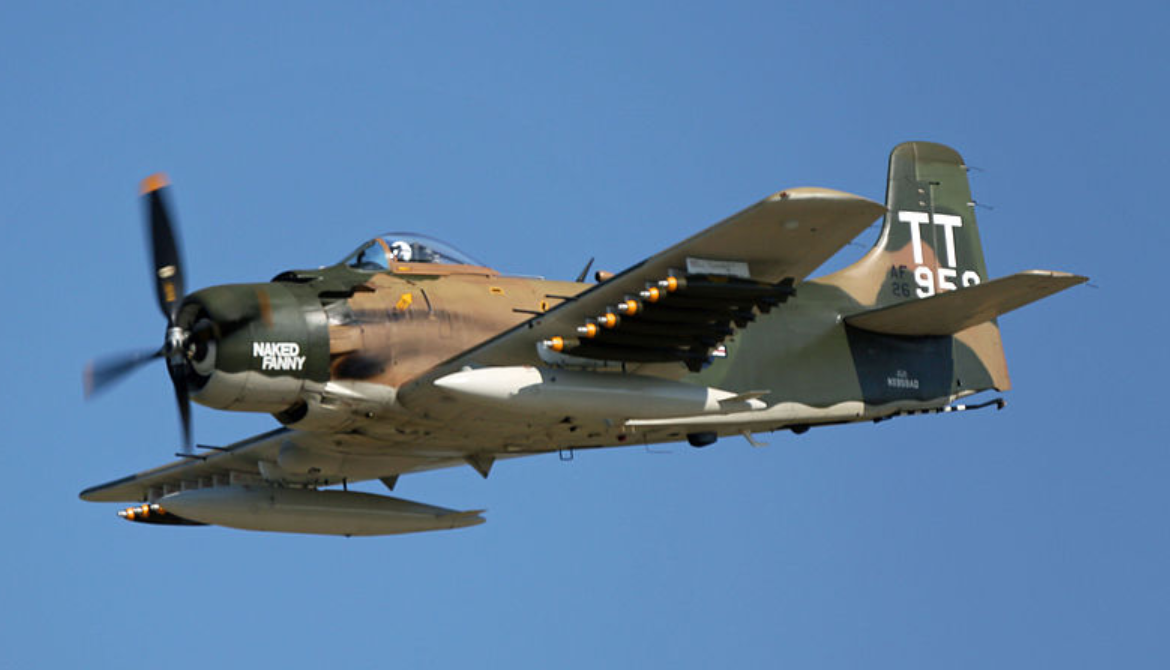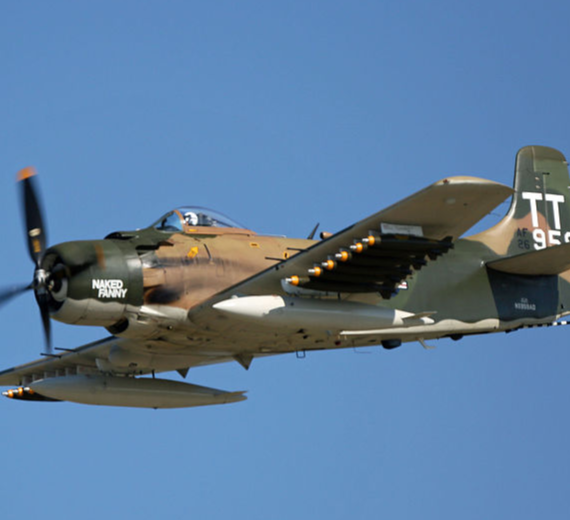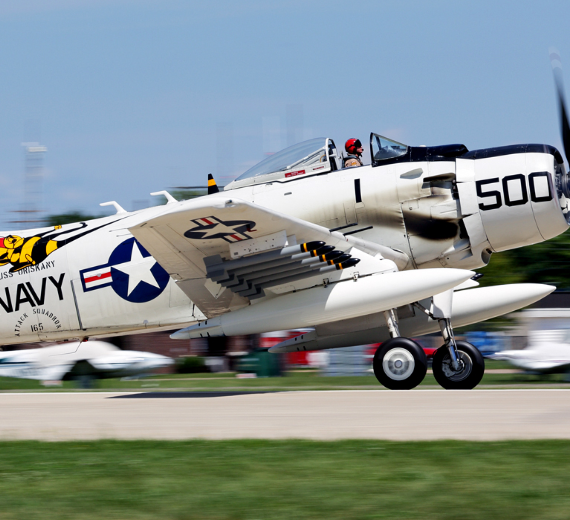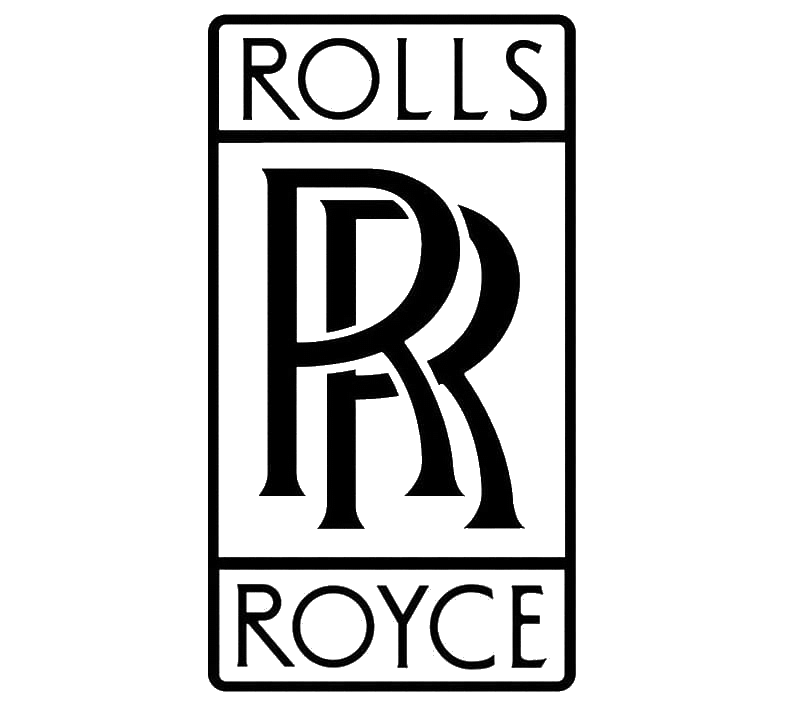Douglas
DC-7 Seven Seas
Role Airliner and transport aircraft
National origin United States
Manufacturer Douglas Aircraft Company
First flight 18 May 1953
Introduction 29 November 1953
Retired October 2020
Status Retired
Primary users American Airlines (historical)
United Airlines Eastern Air Lines Pan Am (historical)
Produced 1953–1958
Number built 338
Developed from Douglas DC-6
.
History
Douglas DC-7 Seven Seas

The Douglas DC-7 is an American transport aircraft built by the Douglas Aircraft Company from 1953 to 1958. A derivative of the DC-6, it was the last major piston engine-powered transport made by Douglas, being developed shortly after the earliest jet airliner—the de Havilland Comet—entered service and only a few years before the jet-powered Douglas DC-8 first flew in 1958. Unlike other aircraft in Douglas's line of propeller-driven aircraft, no examples remain in service in the present day, as compared to the far more successful DC-3 and DC-6
n 1945 Pan American World Airways requested a DC-7, a civil version of the Douglas C-74 Globemaster military transport. Pan Am soon canceled their order. That proposed DC-7 was unrelated to the later DC-6-derived airliner. American Airlines revived the designation when they requested an aircraft that could fly the USA coast-to-coast non-stop in about eight hours. (Civil Air Regulations then limited domestic flight crews to 8 hours' flight time in any 24-hour period.) Douglas was reluctant to build the aircraft until American Airlines president C. R. Smith ordered 25 at a total price of $40 million, thus covering Douglas' development costs.
The DC-7 wing was based on that of the DC-4 and DC-6, with the same span; the fuselage was 40 inches (100 cm) longer than the DC-6B. Four eighteen-cylinder Wright R-3350 Duplex-Cyclone Turbo-Compound engines provided power. The prototype flew in May 1953 and American received their first DC-7 in November, inaugurating the first non-stop east-coast-to-west-coast service in the country (unrealistically scheduled just under the eight-hour limit for one crew) and forcing rival TWA to offer a similar service with its Super Constellations. Both aircraft frequently experienced inflight engine failures, causing many flights to be diverted. Some blamed this on the need for high-power settings to meet the notional schedules, causing overheating and failure of the engines' power recovery turbines
0
KmCeiling
0
KmCombat RANGE
0
Km/hAircraft Speed
0
Max Crew
Photo Gallery
DC-7 Seven Seas


Douglas DC-7 Seven Seas
General Info
-
-
- Crew: 5 flight crew, 4 flight attendants
- Capacity: up to 105 Passengers + 18,440 lb (8,360 kg) cargo/baggage
- Length: 112 ft 3 in (34.21 m)
- Wingspan: 127 ft 6 in (38.86 m)
- Height: 31 ft 8 in (9.65 m)
- Wing area: 1,637 sq ft (152.1 m2)
-
Powerplant
-
- Empty weight: 72,763 lb (33,005 kg) * Operating weight empty: 78,890 lb (35,780 kg)
- Max takeoff weight: 143,000 lb (64,864 kg) * Maximum landing weight: 109,000 lb (49,000 kg)
- Fuel capacity: 7,824 US gal (6,515 imp gal; 29,620 L) in eight wing tanks ; Oil capacity 246 US gal (205 imp gal; 930 L)
- Powerplant: 4 × Wright R-3350-988TC18EA1-2 18-cylinder turbo-compound air-cooled radial piston engines, 3,400 hp (2,500 kW) each for take-off at sea level
-
-
-
- 2,800 hp (2,100 kW) in low blower at sea level
- 2,850 hp (2,130 kW) in low blower at 4,300 ft (1,300 m)
- 1,900 hp (1,400 kW) maximum cruise in low blower at 14,800 ft (4,500 m)
- 1,800 hp (1,300 kW) maximum cruise in high blower at 24,400 ft (7,400 m)
-
-
-
Performance
- Maximum speed: 406 mph (653 km/h, 353 kn) , rated power in high blower at 22,700 ft (6,900 m)
- Cruise speed: 346 mph (557 km/h, 301 kn) recommended at 21,600 ft (6,600 m) and 110,000 lb (50,000 kg) A.U.W.
- Range: 5,635 mi (9,069 km, 4,897 nmi) , max fuel, 15,310 lb (6,940 kg) payload at 274 mph (238 kn; 441 km/h) at 15,000 ft (4,600 m) with no allowances
-
-
-
- 4,635 mi (7,459 km; 4,028 nmi), max payload with no allowances
-
-
- Service ceiling: 21,700 ft (6,600 m) at max A.U.W.
-
-
- Rate of climb: 240 ft/min (1.2 m/s) at 20,000 ft (6,100 m) at max A.U.W.
- Take-off field length: 6,360 ft (1,940 m) at max A.U.W.
- Landing run from 50 ft (15 m): 5,100 ft (1,600 m)
Aircraft of comparable Role
.
Links to Youtube & Others
tarting in 1959 Douglas began converting DC-7s and DC-7Cs into DC-7F freighters to extend their useful lives. The airframes were fitted with large forward and rear freight doors and some cabin windows were removed.
Douglas
DC-7 Seven Seas
Since the late 1940s Pan Am and other airlines had scheduled a few non-stop flights from New York to Europe,
Youtube Link
The predecessor DC-6, especially the DC-6B, established a reputation for straightforward engineering and reliability. Pratt & Whitney, manufacturer of the DC-6s Double Wasp engines,












